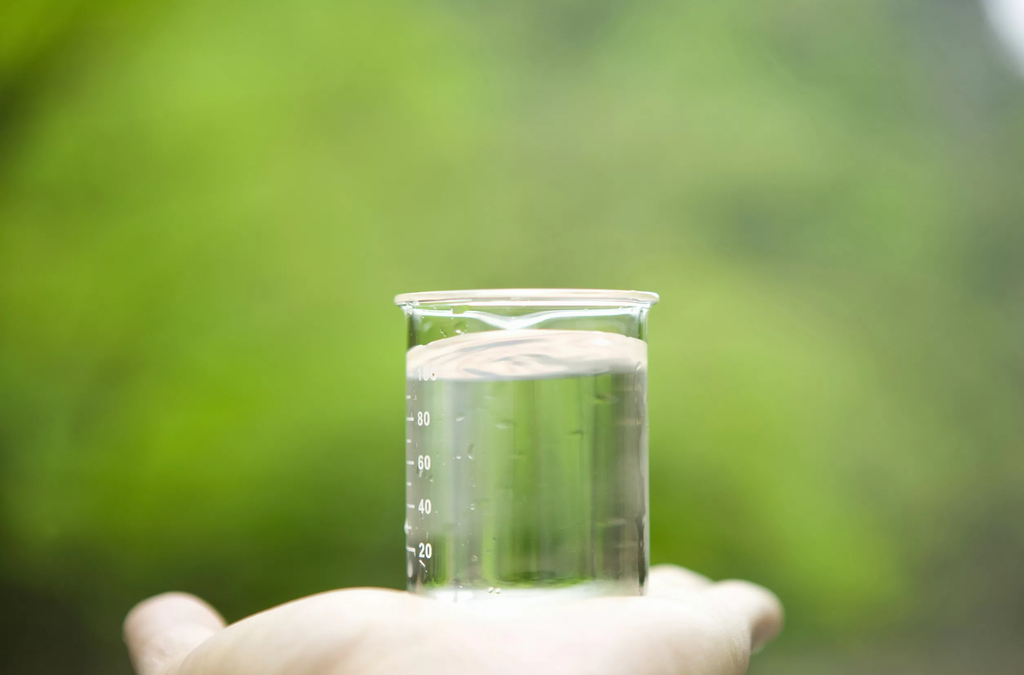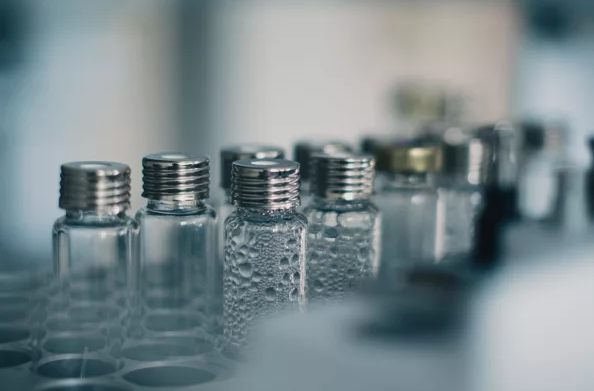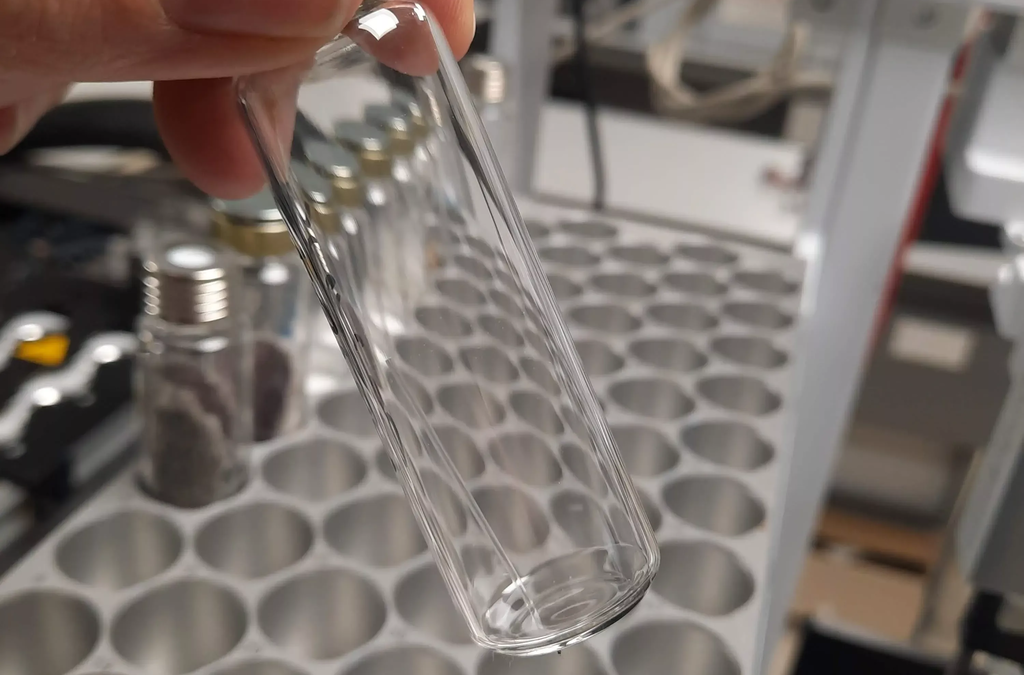Your web browser is out of date. Update your browser for more security, speed and the best experience on this site.
How much methanol does my liquid contain?
Through specific sample preparation, we can determine the amount of methanol in a liquid.

Introduction
What if your emissions at the stack are too high for a particular VOC? You can then identify the different sources responsible for this emission.
Some possible sources of VOC are degradation products during reactions in the process, storage of the specific VOC and raw materials containing VOC that are released during production.
We focus on the dissection of liquids to indicate some emitted VOC in the process. In this case, we take methanol as an example.

Methanol as an impurity in a product
When looking at a liquid containing methanol as an impurity, you have to consider the matrix (the product itself) in which it resides. That is often where the biggest challenge lies in being able to measure impurities properly.
Our methodology, which uses MARKES' CENTRI, detects a lot of VOC that can interfere with the analysis. Our job is to optimise the whole analysis process so that the desired components are measurable.

Methanol as a possible VOC in condensates
If condensation is formed during the process, whether deliberately or not, the simplest but difficult question to answer is, what is in it?
In this case, we explain the measurement process based on methanol, but the technique can also be applied to determine other VOC in the condensate.

Methodology: evaporation
So how do we proceed? One of our strengths is that we are already very experienced in analysing VOC in gas. So we bring the liquid into gas phase. A small amount (a few µl) is put into a vial and brought to a high enough temperature for everything to evaporate.
Then a quantity of gas is taken from the vial and introduced into the analyser. Sounds simple, doesn't it?

Challenge: low concentration + matrix effects
The study in which methanol is an impurity in a liquid does have some challenges. The expected amount of methanol is low relative to the matrix. Therefore, the largest possible amount of gas from the vial is analysed. The analysis method itself is constructed so that as much sample as possible reaches the detector.
The matrix must also be taken into account here, so that these VOC do not contaminate the device and do not saturate the detector. Fortunately, we can use our experience to find the right balance in this.

Challenge: high level of concentration
One challenge posed by the condensate was the large amount of methanol condensed during the process. Our strategy was completely reversed and now we had to ensure that as little sample as possible ended up on the detector.
Again, we were able to adjust the amount of gas taken from the vial and the analytical method was also provided with an extra step that resulted in less sample ending up on the detector. The end result was a method where the amount of methanol fell nicely within the measuring range of the device.

A few numbers...
For liquid analysis, a few ppm of methanol were recovered. Expressed differently, we can determine VOC as impurities in liquid present in a few mg/l.
The condensate was about 80% methanol which amounts to several hundred g/l. This enables us to determine th composition of liquids as well.
Conclusion
To work out a tailor-made sample preparation and analysis for each problem, requires a lot of flexibility of equipment. But the knowledge to work it all out, sometimes by trial and error, is also crucial.
Because we like to go that extra mile and take on the challenge of solving ‘no ordinary’ questions, you can come to us with issues such as determining impurities in liquid or even the composition of liquids.
How can we help?
Do you have questions about VOC analysis? We can be reached via the channels below or leave a message on our contact page.